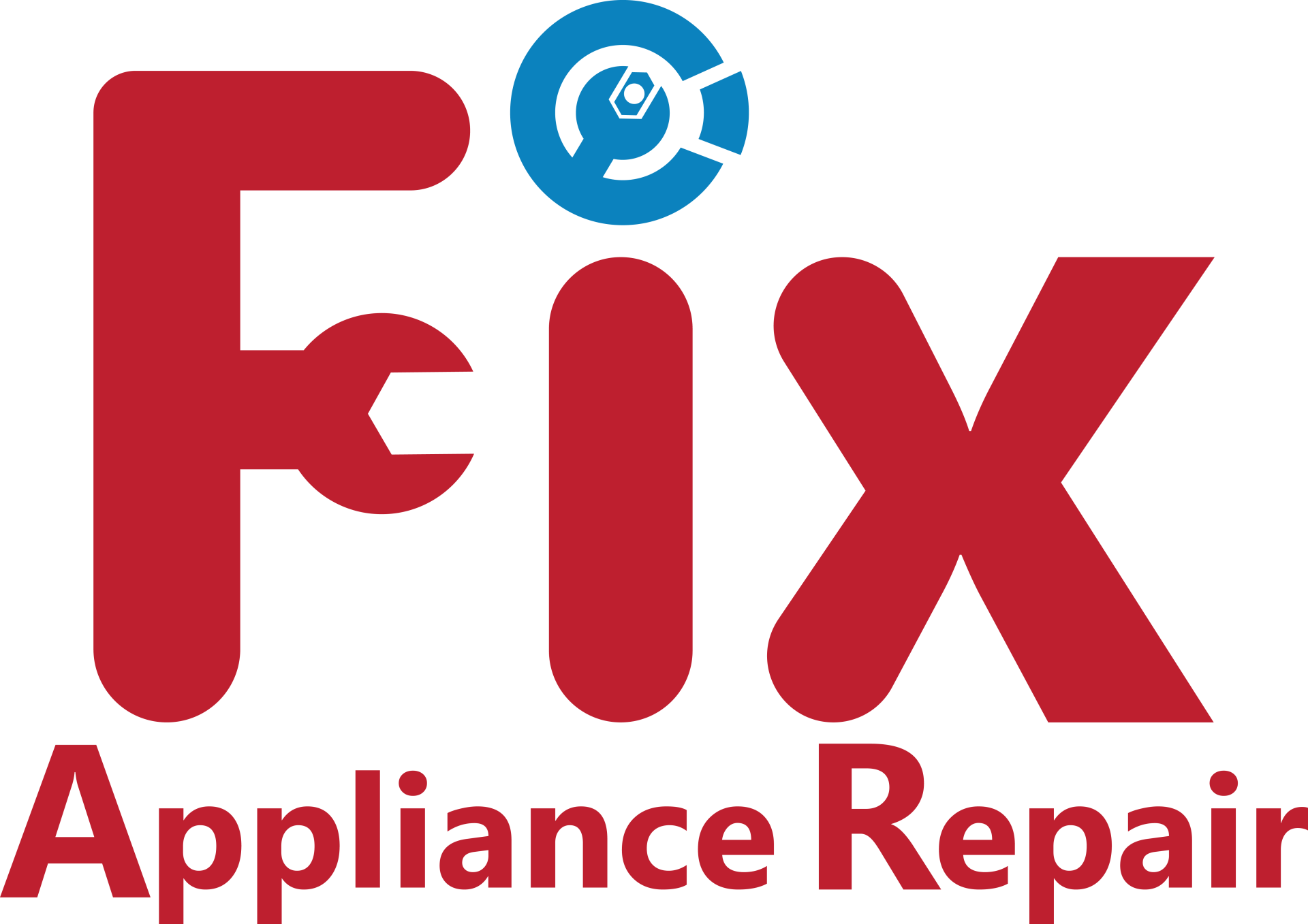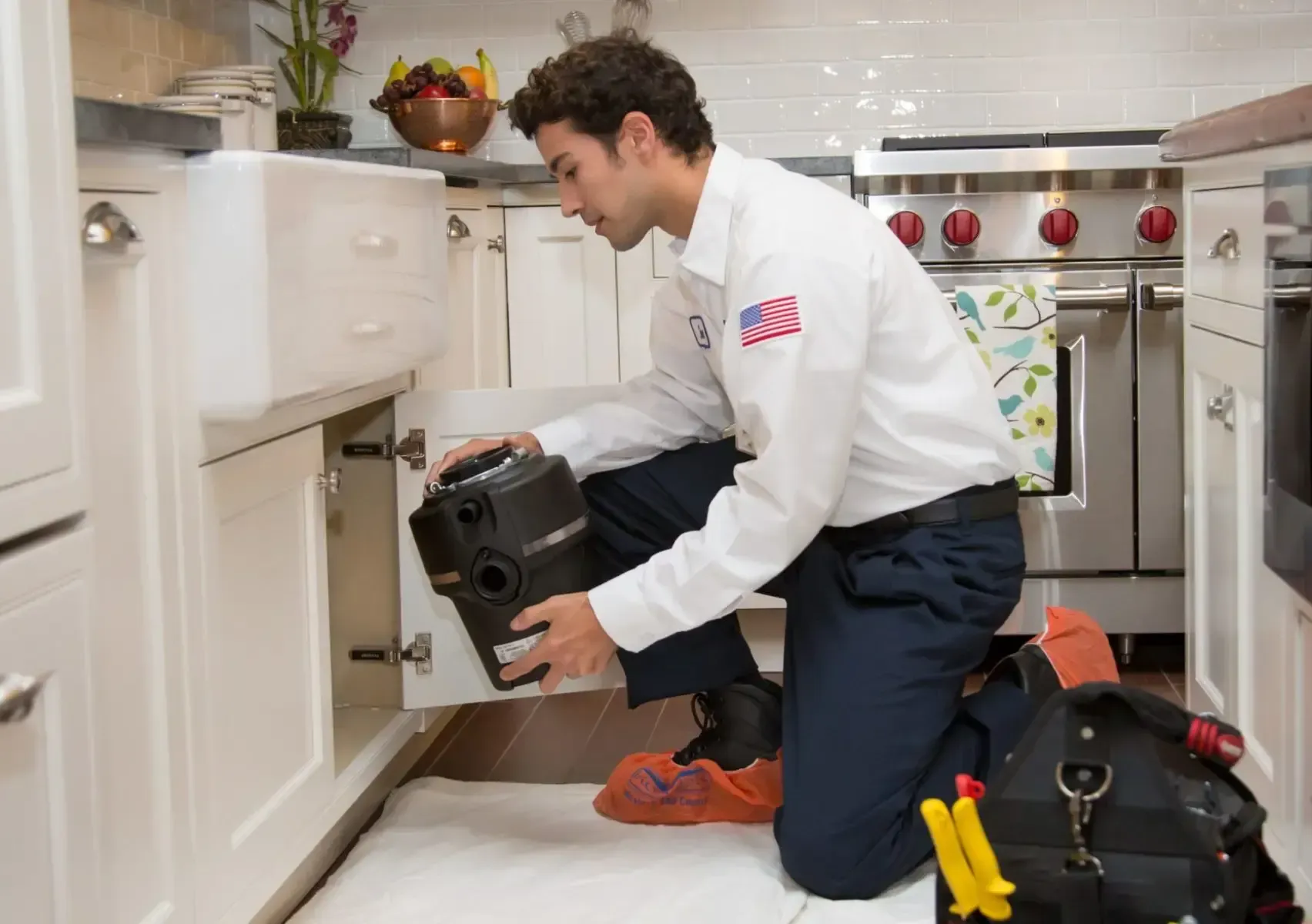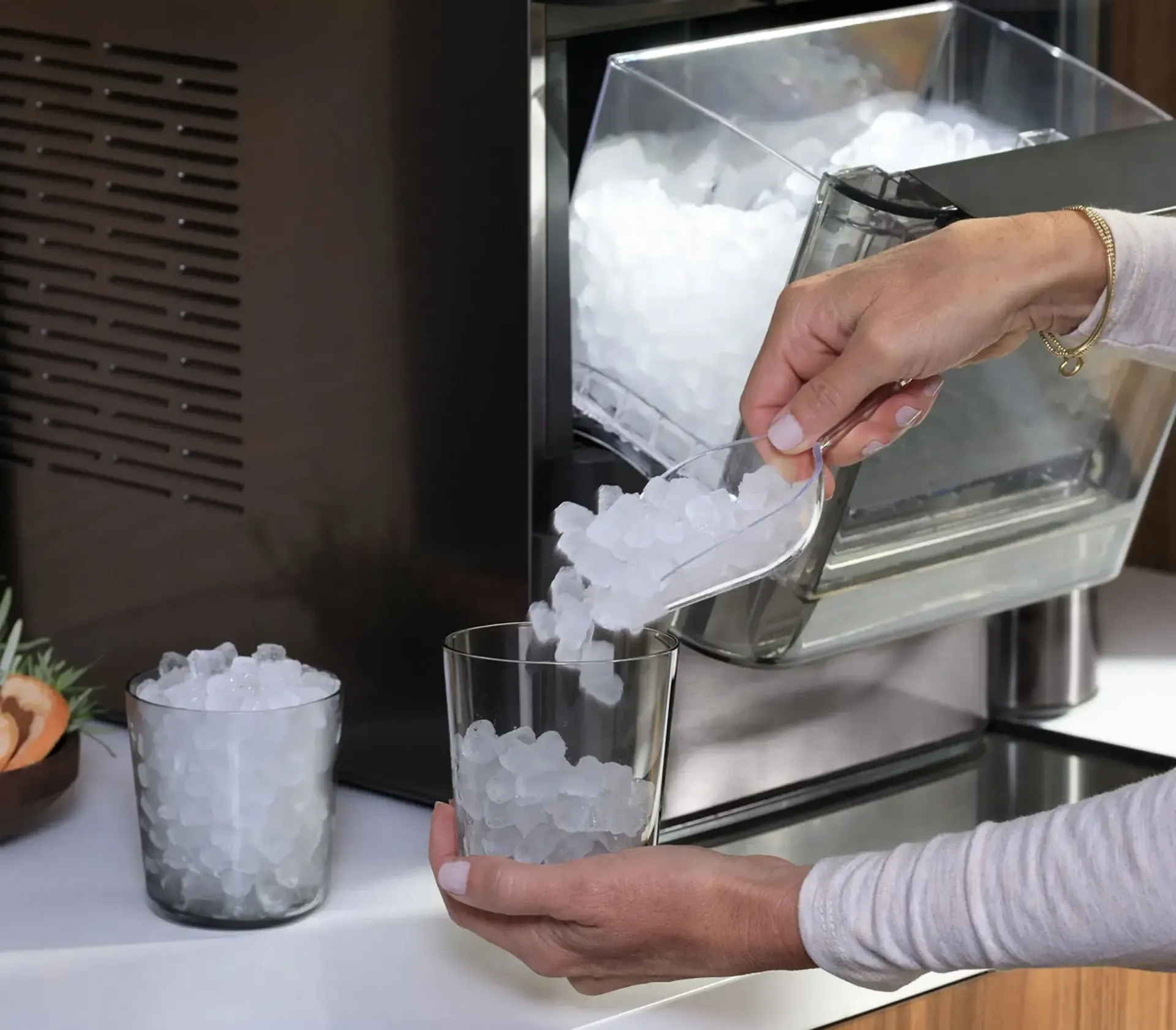With its sturdy construction and unwavering dedication to the daily chore of cleaning clothing, the washing machine is a reliable workhorse in the busy rhythm of your home. Your clothing will always be in style and prepared for the rigors of everyday life thanks to its trustworthy service. Even the most dependable appliances, though, occasionally experience malfunctions. Like any mechanical marvel, washing machines can develop problems that impair their smooth operation and performance, causing chaos in your laundry schedule.
A spin cycle that won't engage or a persistent reluctance to drain may be frustrating, and there are a plethora of possible issues that might seem daunting. Other issues include strange leaks and disturbing noises. Nevertheless, in the middle of the mayhem, there's a ray of light—a guiding light for homeowners who want to take back control of their appliances. Many problems may be fixed with easy do-it-yourself fixes, saving you time and money while bringing your washing machine back to its former glory. However, certain problems may in fact require the skills of a professional repair technician.
We take a voyage of exploration and learning in this extensive manual, helping to deconstruct the world of washer repair. We'll provide you with the information and assurance necessary to handle typical washing machine problems like a seasoned pro with step-by-step guidance and professional insights. In order to enable you to take control of the upkeep of your appliance and guarantee that your laundry routine remains a smooth and flawless activity, bid adieu to the hassles of laundry difficulties and join us as we reveal the secrets of detecting and resolving your washing machine's maladies.
Diagnosing the Problem:
Accurately identifying the issue is the first step towards mending your washing machine. Begin by monitoring the operation of your washer and recording any odd symptoms, such leaks, strange noises, or error codes displayed on the screen. Subsequently, look for typical problems such as blocked hoses, broken parts, or loose connections. For troubleshooting advice and the interpretation of error codes, consult the user handbook that came with your washer. This will help you identify potential sources of the issue.
Checking for Leaks:
In washing machines, leaks are a typical problem that can be caused by a number of things, such as worn hoses, loose connections, or broken seals. Look for wear or damage on the hoses and connectors at the rear of the washer to see whether there are any leaks. Replace any broken hoses or seals as needed, and tighten any loose connections. To avoid water seeping out during the wash cycle, also inspect the door seal or gasket for rips or fractures and repair it if needed.
Addressing Noisy Operation:
The engine, bearings, or drum of your washing machine may be having problems if it is producing loud or strange noises while it is operating. If you hear rattling or banging noises, start by looking for any foreign items, like coins or buttons, that could be stuck between the drum and the tub. If the noise continues, check the motor and bearings for wear or damage, then lubricate them with grease or machine oil as needed. A level and balanced washer on the floor is also important since an uneven installation might result in noise and vibrations while the machine is operating.
Failure to Spin or Drain:
Problems with the pump, belt, or motor may be the cause of your washing machine's inability to spin or drain effectively. To begin with, make sure there are no objects obstructing the drain pump or impeller, such as clothes or trash. Make sure there are no obstructions and that the drain pipe is not kinked or obstructed. If the issue continues, look for wear or damage on the drive belt and replace it if needed. Furthermore verify that the pump and motor are operating properly, and replace them if necessary.
Troubleshooting Error Codes:
Error code displays are a common feature on contemporary washing machines; these displays highlight particular problems with the machine. If an error code appears on your washer, see the user manual or the manufacturer's website for information on troubleshooting and what the error code means. "E1" denotes difficulties with the water input, "E2" concerns drainage, and "E3" concerns problems with the motor or drive belt. To identify the issue and put the right fix in place, follow the suggested troubleshooting procedures.
Performing Regular Maintenance:
Maintaining your washing machine's functionality and preventing expensive repairs are mostly dependent on preventive maintenance. Do routine maintenance to clear any accumulated residue or debris, such as cleaning the detergent dispenser, drain pump filter, and lint trap. Inspect the connections and hoses for wear and leaks, and repair them as needed. In order to get rid of detergent buildup and smells, you need also undertake a cleaning cycle using vinegar or a professional washing machine cleaner.
Repair to Reclaim
In conclusion, you shouldn't be afraid to mend your washing machine since it may be a chance for resourcefulness and empowerment. Many common problems that affect washing machines may be accurately identified and fixed in your own house if you have the right information and resources, saving you the trouble and money associated with calling for expert help. Following the thorough, step-by-step instructions provided in this guide will equip you to handle a wide range of common issues, from annoying leaks and annoying noise disruptions to more complicated problems like failure to spin or drain, and even deciphering confusing error codes like a seasoned technician.
It is impossible to exaggerate the significance of routine maintenance, either. Putting in place a regular preventative service program is a proactive way to guard against future malfunctions while also maximizing the lifespan and efficiency of your washing machine. You can protect your investment over time by keeping your appliance in good working order and ensuring that it is maintained through basic but necessary procedures like filter cleaning, hose inspections, and balancing maintenance.
Essentially, you're actively promoting the long-term health of your washing machine by adopting these do-it-yourself repair methods and including them into your routine home maintenance. This is in addition to addressing any urgent problems. You're prolonging the life of your appliance and guaranteeing a consistent supply of clean, fresh laundry for you and your family for many years to come with each successful repair and preventative maintenance job done. Thus, on your path to being a ruler of your home, don't be afraid of any problems that may happen with your washing machine; instead, welcome them as chances for development, education, and independence.



